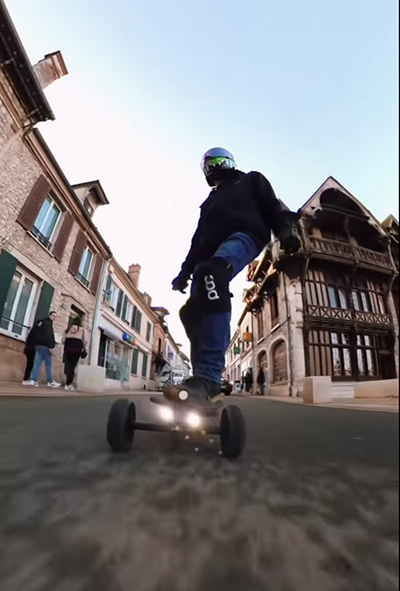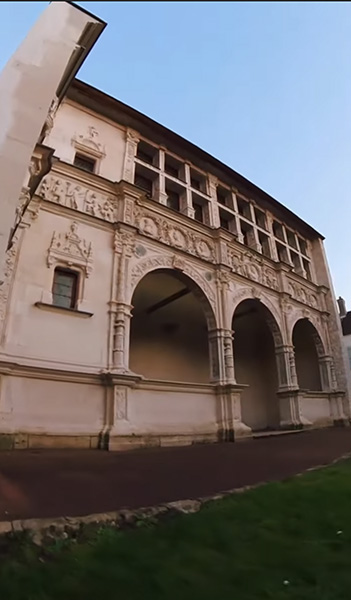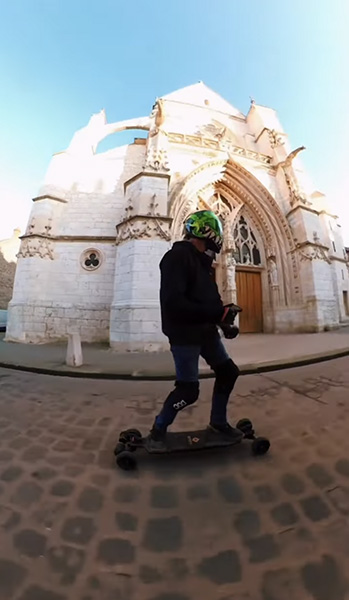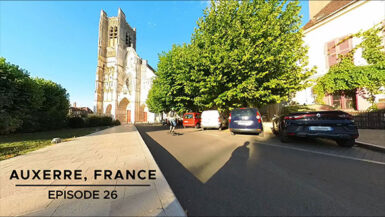Discovering the Charms of Moret-Loing-et-Orvanne
Welcome to the seventh episode of our series, where we embark on a thrilling adventure through Moret-Loing-et-Orvanne. This picturesque commune is located on the outskirts of the Fontainebleau Forest, along the banks of the Loing River. Known for its historic charm and stunning landscapes, Moret-Loing-et-Orvanne is a true gem in the Seine-et-Marne department of the Île-de-France region.
The video begins as I ride my Onsra Black Carve 3 electric skateboard through the Porte de Samois, one of the three 12th-century gates that served as the entry points to the city. As I cruise along Rue Grande, I pass by La Maison Raccolet, an impressive building adorned with sculptures. Constructed by Pierre Raccolet and completed in 1925, it now houses an art gallery and a tea room. Continuing my ride, I zoom in on La Maison Clément, which has been the Town Hall since 1953.
I loop back to the Porte de Samois and continue exploring the charming streets with my electric skateboard. The houses, with their exposed stone facades, exude beauty and character. I then focus on the Galerie François 1er, an architectural masterpiece. To conclude the video, I arrive at the Catholic Church of Notre-Dame de la Nativité.
Key Highlights:
Moret-Loing-et-Orvanne offers breathtaking views and a rich historical heritage. The town was accessible through three gates: Porte de Bourgogne, featuring a 16th-century wooden cage; Porte de Samois, adorned with a 15th-century coat of arms (bearing a cannonball to commemorate the Battle of Montereau in 1814); and the now-destroyed Porte de Grez.
The town center still retains its medieval character and boasts remarkable architecture, with 15 protected buildings classified as historical monuments.
The Catholic Church of Notre-Dame de la Nativité, a splendid Gothic church dating from the 12th to the 15th century, captivates with its grandeur and is a testament to the town’s rich history.
The Maison Clément, transformed into the Town Hall in 1953, was originally a neo-Gothic building decorated by Pierre Raccolet between 1910 and 1914. Adjacent to it is a half-timbered house where Napoleon spent the night on March 19, 1815.
The Galerie François 1er, built by Nicolas Chabouille, bears the motto “He who masters his tongue and controls his senses is stronger than one who conquers cities by force.” Originally purchased in 1822 by Colonel De Brack to adorn the facade of actress Mlle Mars’s mansion in Paris, it returned to Moret in 1956, surprising the locals with its remarkable presence.
The shops along Rue Grande offer all the necessary amenities, and visitors are warmly welcomed. Exploring the town is an absolute delight.

Conclusion:
Moret-Loing-et-Orvanne, with its rich history, stunning architecture, and breathtaking landscapes, is a destination that captures the heart. From the majestic Catholic Church of Notre-Dame de la Nativité to the picturesque streets and remarkable buildings like La Maison Clément and Galerie François 1er, the town invites visitors to immerse themselves in its unique charm. Don’t miss the opportunity to experience the warm hospitality and explore the beauty of Moret-Loing-et-Orvanne.
Stay tuned for our next episode as we continue our journey to discover more incredible
Previous episode Next episode








